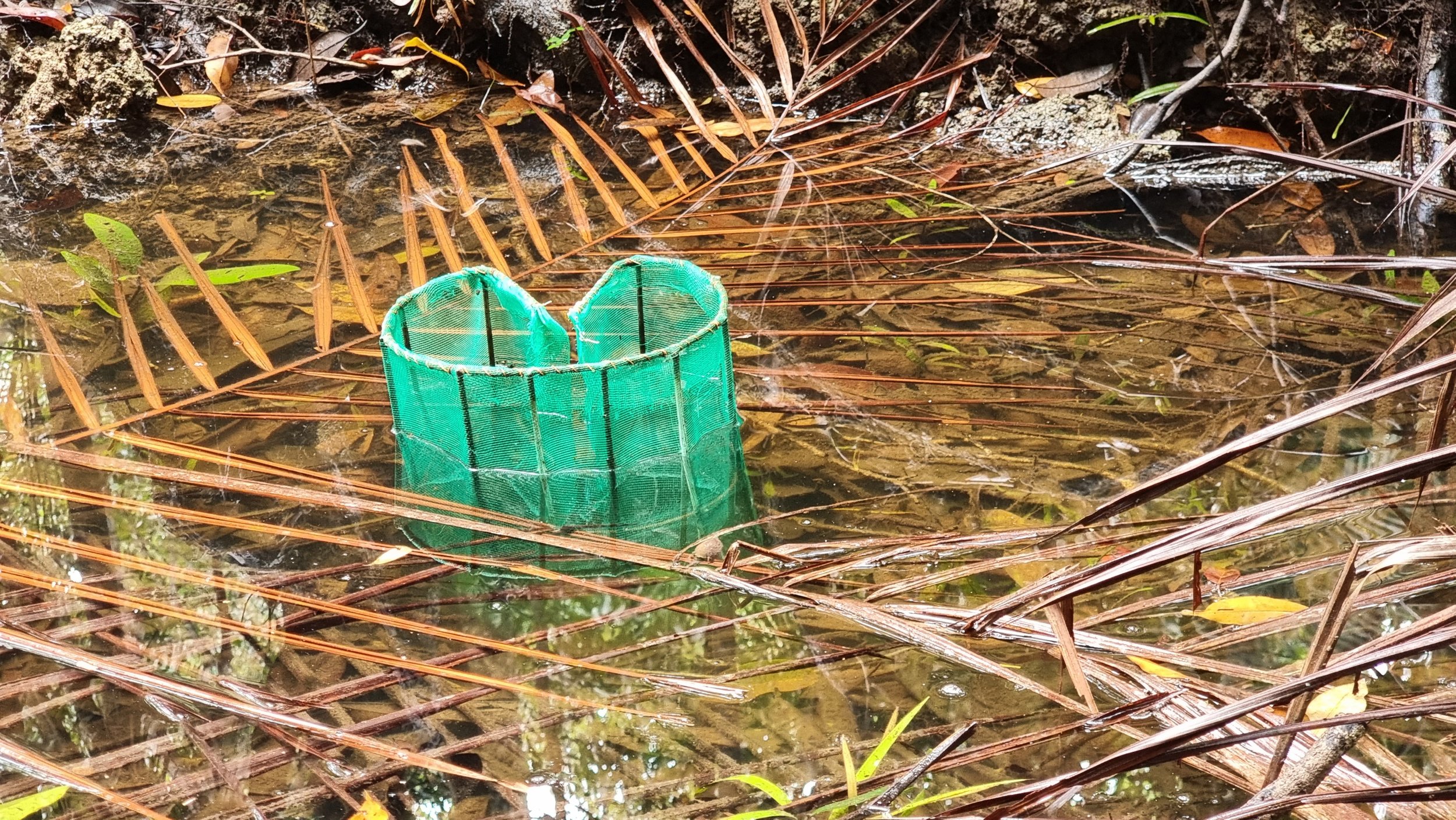By Mar Pineda
As part of my PhD research, I was fortunate enough to go to the Amazon and find out more about the aquarium trade, including how animals are harvested, and how this impacts not only fish populations, but the human communities that depend on them. The aim was to collect data to explore whether fishing for the aquarium trade could have a potential for fishing-induced selection, as has been studied in recreational and commercial food fisheries. To do this, Shaun and I set off to the Brazilian Amazon, which hosts an incredible diversity of fish, including one of the most well-known aquarium species, the cardinal tetra (Paracheirodon axelrodi).
After a two-day trip we arrived in Manaus where we met up with our collaborator Daiani Kochhann at the National Institute for Amazonian Research (INPA). From there, we then headed to our first field site in a protected area of the Amazon, where we were hosted by the Bare community, who were extremely welcoming. Here, we met our expert guide and fisherman, Lindoso, who navigated our boat through the igarapes (forest streams) and led us on our venture to find the cardinal tetra. In this particular region, fish populations are not fished for the aquarium trade. While we were hoping to use the fish from this area as a sort of “non-fished” control population, we weren’t completely sure of what we might find here.
The environments we saw were incredibly dynamic and with water levels rapidly declining due to the dry season, our field sites were under a constant state of flux.
Despite our best efforts, we didn’t find any cardinal tetra in this first area, but we did see an abundance of other ornamental species, from various tetra species, to angelfish and other cichlids, and even stingrays. Seeing aquarium fishes in their natural habitat was incredible and also allowed us to gain more insight into the conditions that they live in, with many fishes living in extremely hypoxic (5% oxygen saturation) and low pH (4.0) water with seemingly no ill effects. We were also able to take many underwater videos showing fascinating displays of fish behaviour, as well as footage of our fishing trials. We hope to use this footage to provide some of the first recorded behaviours of ornamental fish interacting with artisanal fishing gears. We also managed to do an exciting project using the spotted tetra (Copella nattereri), where we filmed fish being trapped by a cacuri, a traditional fishing trap, and brought them back to a makeshift lab to undergo behavioural and physiological trials to compare fish that were captured using different methods. Stay tuned to find out more about this.
After a 30 hour boat trip (and a bout of food poisoning) Shaun and I then arrived at our next destination along the Rio Negro, Barcelos, which has been the hub of the ornamental fishing industry in Brazil for decades. The historic importance and legacy of the aquarium trade was evident here, with many murals dedicated to the industry, as well as a yearly carnival that celebrates its most iconic species, the cardinal tetra, and the blue and green discus. Throughout our trip, the importance of fishing, and the way fishing was ingrained into Amazonian culture became apparent, but we had never seen a dedication to the ornamental trade like we had here. This is perhaps not surprising, given that at its peak, the export of cardinal tetra alone provided up to 60% of yearly income for local communities in and around Barcelos.
It was in Barcelos that we partnered up with Deco, a local fisher with over 30 years of experience fishing for the ornamental trade, a clear love of the environment that he grew up in, and one of the fastest boat drivers we have ever met. He navigated our boat through remote jungle for hours, and knew the labyrinth-like streams inside and out. After a couple of days of searching we struck gold and finally found cardinal tetra. We found them clustered together in the drying igarapes in both small and large group sizes. We collected them using cacuris as well as rapiches (a specialised artisanal net), recording the process underwater.
While in Barcelos we were also able to get further insight into the capture of wild-caught fishes for the aquarium trade. Through conversations, we gained insight into which fish were most valuable, changes in abundance, attitudes towards local conservation programs, and changes in fishing practices overtime. A few things became apparent. Fishing for the aquarium trade has happened in Barcelos for decades, with local knowledge and techniques being passed down through multiple generations. Maintaining the environments that tetra and other aquarium species live in, is key to ensuring the trade can continue and is therefore an incentive for environments being protected. We saw this in person during our search for tetra, where sites that were no longer used for the aquarium trade had been transformed for agriculture. There was a stark contrast between these two environments.
An area with active ornamental fishing
An area where fishing has stopped and has since been converted to agriculture
Following our successful hunt for the tetra, we then transported hundreds of fish back to the labs in Manaus. Here, Daiani and I did several tests to explore whether mode of capture may target different traits. This involved many tests including the use of swim tunnels for swimming performance, mazes for exploratory behaviour, and arenas for social behaviour. We’re excited to see where this takes us next over the course of my PhD.
This was a huge undertaking, and would not have been possible without Daiani (our logistical powerhouse), our local guides and partner fishers (who we would literally be lost without), and the Bare community, who welcomed us into their homes, made us incredible food, and allowed us to use their restaurant as a makeshift Lab. I am also thankful to the Fisheries Society of the British Isles for funding this project. The work would have been impossible without all of these partners and I am extremely grateful.






















